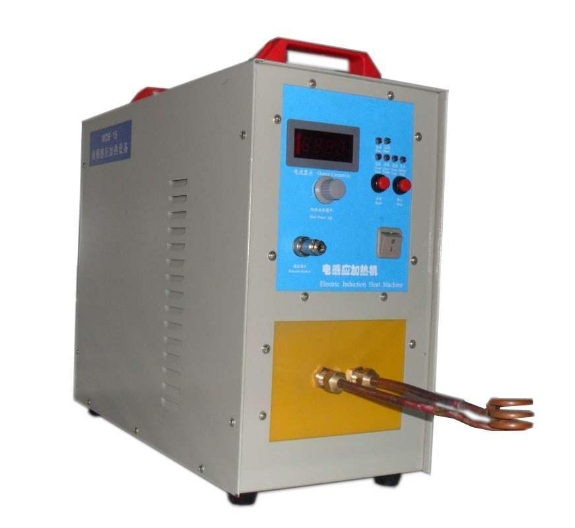- 09
- Feb
Maqhubu le khetho ea motheo ea lisebelisoa tse timang khafetsa
Khafetsa le khetho motheo oa lisebelisoa tse tima tsa maqhubu a phahameng
Lintlha tse khethiloeng tsa khafetsa ea lisebelisoa tse timang maqhubu a phahameng haholo:
1. The frequency conversion power supply is the energy basis to realize the rapid heat treatment of steel induction heating. The frequency of the power supply plays an important role in the induction heating process and is the most important technical basis for selecting induction heating equipment.
2. Motlakase oa matla o amana ka ho toba le katleho ea motlakase, katleho ea mocheso, lebelo la ho futhumatsa le mocheso oa mocheso oa mocheso oa mokhoa oa ho futhumatsa oa induction le matšoao a mang a bohlokoa. Ka nako e ts’oanang, khetho ea maqhubu a motlakase e boetse e kenyelletsa matšoao a moruo joalo ka litšenyehelo tsa matsete a lisebelisoa le litšenyehelo tsa tlhahiso. Ka hona, khetho ea maqhubu a phepelo ea motlakase ke mosebetsi o rarahaneng le o felletseng haholo.
3. The electromagnetic conversion of induction heating system is more complicated, and the total efficiency of the system is difficult to obtain. Usually the efficiency of the inductor is used as the basis for selecting the power frequency. For this reason, the highest heating efficiency of the inductor is the goal of selecting the power frequency.
Mehato e mengata ea bohlokoa ea ho khetha lisebelisoa tse timang maqhubu a phahameng haholo:
1. Khetho ea matla: Tlas’a maemo a tloaelehileng, matla a matla a lisebelisoa tsa rona tsa ho futhumatsa ka induction, boholo le boima ba mosebetsi o ka futhumatsang kapa oa sebetsa.
2. Khafetsa ea lisebelisoa: ho phahama ha maqhubu, ho matlafala ha letlalo sebakeng se haufi le coil ea induction (e lekanang le denser kabo ea likhoele tsa matla a khoheli sebakeng sena), lebelo la ho futhumatsa ka holim’a metsi workpiece, ‘me e nyenyane ea workpiece e ka futhumatsoa , Lisebelisoa tsa ho futhumatsa tse phahameng tsa maqhubu a phahameng hangata li sebelisoa ho cheselletsa kapa ho thatafatsa holim’a mosebetsi. Ka lehlakoreng le leng, ho fokotseha ha maqhubu, ho fokolisa phello ea letlalo haufi le coil induction, empa sena se lekana le ho ata ha matla a khoheli a haufi le boemo ba coil induction le ho ajoa ha likhoele tsa khoheli haufi le coil, e tla tlisa phello e ntle ea phetisetso ea mocheso. Hape hoa khoneha ho etsa hore workpiece e futhumale ka mokhoa o ts’oanang ka nako e le ‘ngoe ha ho futhumatsa workpiece e teteaneng. Lisebelisoa tsa ho futhumatsa tse mahareng tsa maqhubu a mahareng hangata li sebelisoa ho forging kapa ho qhibilihisa kapa lits’ebetsong tse tebileng tsa ho tima.
3. Induction coil: Sometimes, the power and frequency of induction heating equipment can meet the needs of workpiece heating, but if the shape of the workpiece is very special, it may cause the calculated power and frequency to be unsuitable for the workpiece or work. At this time, it is necessary to customize a special coil and obtain the best power and frequency required by the workpiece through experiments. Induction coils are usually the biggest disadvantage of induction heating methods.

